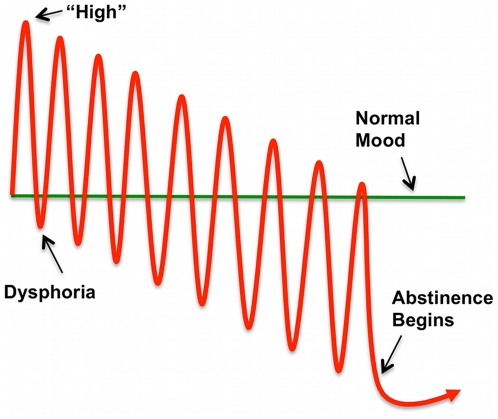Figure 1. Schematic illustration of dysphoria induced by repeated intoxication-withdrawal cycles.
Each intoxication leads to a subjective “high”, with enhanced response to reward due to reduced reward thresholds in medial forebrain bundle. Each acute withdrawal event results in subjective dysphoria with reduced response to reward due to elevated reward thresholds. Frequent cycle repetitions gradually suppress subjective “highs”, deepening dysphoria by further raising reward thresholds. Increasingly, the drug is used to escape dysphoria and achieve normal mood. During abstinence, mood recovers very slowly. (Based on Koob and Volkow [33]).

